Retro Replay Review
Gameplay
Marvel vs. Capcom: Clash of Super Heroes offers one of the most exhilarating tag-team experiences in 2D fighting history. Building upon the foundation laid by X-Men vs. Street Fighter, this installment introduces three-character teams, allowing for deep strategic choices when assembling a squad of Marvel and Capcom icons. The ability to call in assist characters for quick attacks and perform duo team moves on the fly adds a vibrant layer of strategy, rewarding players who learn to optimize assist timing and meter management.
(HEY YOU!! We hope you enjoy! We try not to run ads. So basically, this is a very expensive hobby running this site. Please consider joining us for updates, forums, and more. Network w/ us to make some cash or friends while retro gaming, and you can win some free retro games for posting. Okay, carry on 👍)
The super meter system strikes a fine balance between accessibility and depth. Casual players can execute flashy super combos with minimal input, while veterans will appreciate the nuances of “Variable Combination” attacks and meter-saving techniques. Executing a team-up super move—where two characters combine their powers for a signature assault—serves as a thrilling payoff for building your meter gauge. These cinematic sequences not only look spectacular, but also shift match momentum dramatically.
Multiple modes extend the game’s replay value. The core Arcade Battle will feel familiar to fighting purists, but Dreamcast owners gain access to a chaotic 4-player tag mode that transforms each match into a frenetic free-for-all. Survival mode tests endurance with endless waves of opponents, while Training Mode offers a sandbox to master combos, experiment with assist setups, and refine defensive tactics. The PlayStation-exclusive Crossover Mode further spices things up by letting players mirror teams for mirror-match showdowns.
Graphics
On a technical level, Clash of Super Heroes demonstrates Capcom’s mastery of 2D sprite artistry. Character animations are fluid and expressive—Wolverine’s slashes feel weighty, Megaman’s charged shots have palpable impact, and Hyper Venom’s transformations radiate energy. Each frame conveys personality, ensuring every match feels alive, regardless of platform.
Background stages are richly detailed, featuring dynamic elements that respond to the on-screen action. From the futuristic corridors of the X-Men’s Danger Room to the neon-lit streets of Metro City, each backdrop immerses you in the Marvel universe’s expansive lore. Occasional cameos—like Sentinel busting through a wall or a S.H.I.E.L.D. Helicarrier cruising overhead—add spectacle without overwhelming the clarity of the fight space.
Special effects shine when supers are unleashed. Vibrant particle effects, screen shakes, and dramatic lighting work in concert to heighten the drama of each finishing blow. While the PlayStation port uses slightly reduced color palettes and scaled-down sprites, it still preserves the core visual flair. The Dreamcast version, however, stands out with sharper textures and fuller color range, making it the definitive edition for purists.
Story
While fighting games often relegate narrative to the sidelines, Clash of Super Heroes weaves a concise but compelling tale. Professor Xavier senses a looming threat as he and Magneto’s consciousnesses fuse into the malevolent entity Onslaught. United by Wolverine, Captain America, Ryu, and other heroes, the player embarks on a globe-spanning quest to thwart this cosmic convergence before reality itself unravels.
Story progression unfolds through character-specific endings, granting each hero’s team a moment to shine. Whether it’s Spider-Man quipping as he fends off Venom or Chun-Li coordinating with Captain Commando, the bite-sized cutscenes reinforce each character’s personality. These vignettes may be brief, but they provide enough context to keep fans of both universes engaged throughout the arcade ladder.
The final confrontation with Onslaught serves as a satisfying climax. His towering sprite and crushing combo potential feel like a true litmus test of everything you’ve learned. Defeating him not only unlocks secret character epilogues—such as Hyper Venom and Gold War Machine—but also underscores the game’s theme of cooperation across worlds. In this sense, narrative and gameplay fuse into a cohesive hero’s journey.
Overall Experience
Marvel vs. Capcom: Clash of Super Heroes remains a touchstone in crossover fighting games, delivering an addictive blend of speed, strategy, and spectacle. Its diverse roster—ranging from hulking brutes like Hulk to agile fighters like Strider Hiryu—caters to a variety of playstyles. Whether you’re a combo enthusiast, a zoning specialist, or someone who revels in chaotic tag-ins, there’s a team composition that fits your preferences.
Community support and tournament scenes have kept Clash of Super Heroes relevant for decades. The game’s mechanical depth ensures that even casual pick-up matches can evolve into fierce competitions once players discover advanced techniques like combo resets and cross-cancel tactics. The inclusion of training and survival modes also makes it ideal for solo practice, while the Dreamcast’s 4-player mode transforms living rooms into party battlegrounds.
Ultimately, Clash of Super Heroes excels at what it sets out to do: unite beloved characters in a fast-paced, endlessly replayable fighting experience. Its combination of polished visuals, robust mechanics, and light narrative weave together into a package that still feels fresh today. For anyone seeking a classic 2D fighter with crossover appeal, this title stands as a shining example of the genre’s golden age.
 Retro Replay Retro Replay gaming reviews, news, emulation, geek stuff and more!
Retro Replay Retro Replay gaming reviews, news, emulation, geek stuff and more!
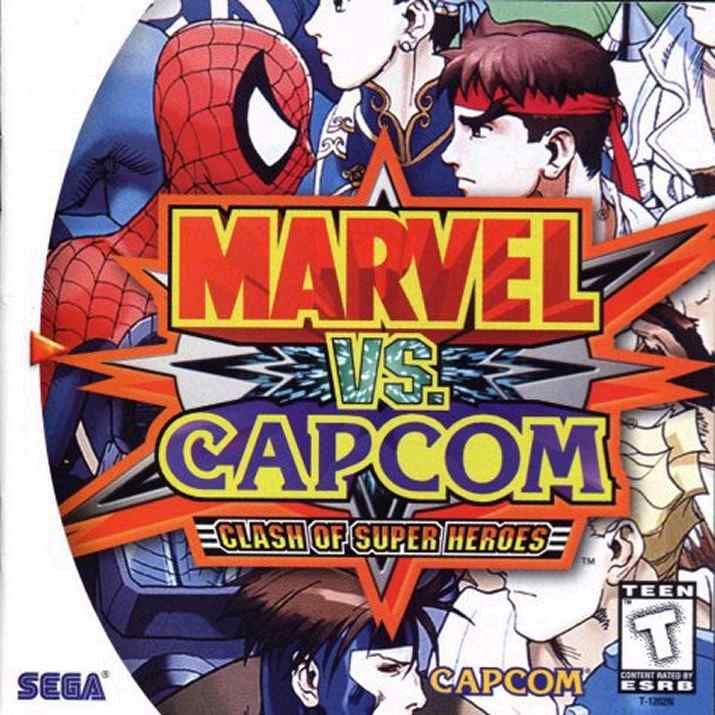

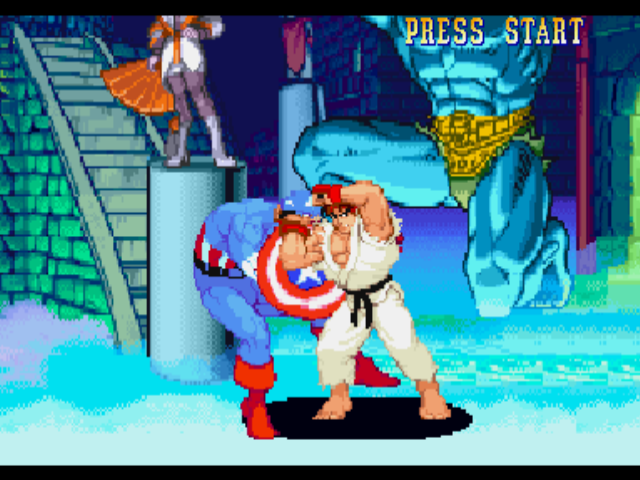
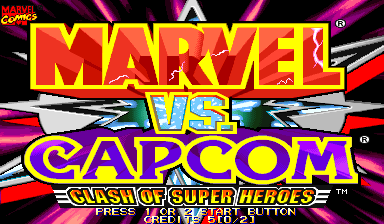
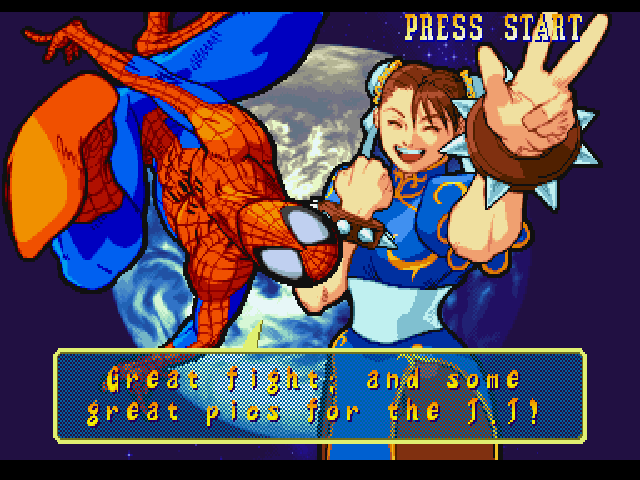
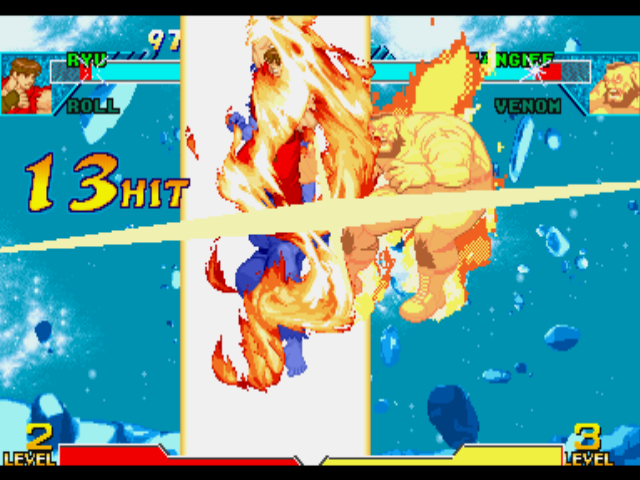



Reviews
There are no reviews yet.